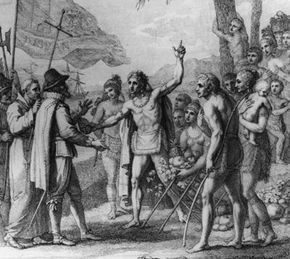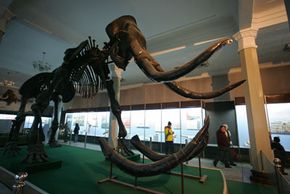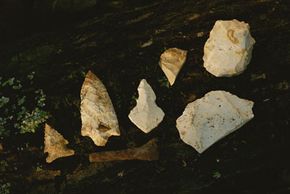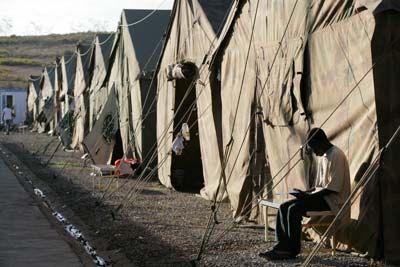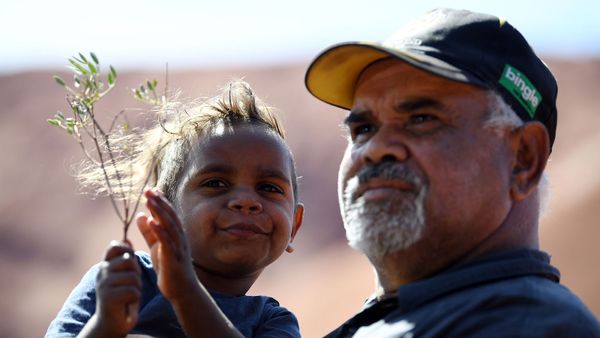Key Takeaways
- Clovis people were not the first Americans; they arrived around 9,200 B.C.E. and vanished 500 years later.
- The Clovis-First theory suggests they migrated from Siberia to Alaska during the Ice Age.
- Evidence from the Monte Verde site in Chile challenges the Clovis-First theory, indicating an earlier human habitation in the Americas.
History textbooks often claim Christopher Columbus discovered America. While Columbus was among the first Europeans (the Norse before him, and possibly the Chinese and an Irish monk) to explore the New World, he found that the Americas were already inhabited. Columbus hardly made it to the American continents first.
There's little room to argue that Europeans exploited this New World. But had it not been for the fashionable European pursuit of archaeology, some questions that came up may never have been answered: Who arrived at the Americas first, and for how long had they lived there? While there's no tangible value in finding out who got to the Americas first (certainly none of these people survived these thousands of years to accept the honor), then perhaps it's the pursuit of knowledge (and our affinity for ascribing firsts) that has driven scientists to uncover the answer.
Advertisement
The most curious aspect of American settlement is the matter of how the first inhabitants got to the Americas. Essentially, the continents are an island. The massive North and South American land masses aren't connected to any other part of the world, and they'd been isolated by the seas for quite some time. So where did these early inhabitants come from?
Early archaeologists could tell pretty easily that some ancient civilizations lived at certain sites -- these places were full of old relics. But it wasn't until the 1950s that radiocarbon dating was refined enough to reliably date these artifacts. (Radiocarbon dating evaluates the age of C-14 carbon isotopes found in the sediment surrounding artifacts at archaeological sites.)
One site in particular already had fascinated researchers for years. In 1932, artifacts and the bones of long-extinct species were discovered near Clovis, N.M. They appeared to be very old, but they also revealed an advanced technology. Projectile tips were fluted and beveled in sophisticated designs. Archaeologists deduced from the bones at these sites that these people hunted large animals, which would've required a great deal of planning, organization and cooperation. The culture that left behind these artifacts was named Clovis, after the nearby town.
Radiocarbon dating revealed that the Clovis had lived in North America as early as 11,200 years ago. The date set off a flurry of theories about how they'd come to the plains of the North American continent. Read about where the Clovis people came from on the next page.
Advertisement
